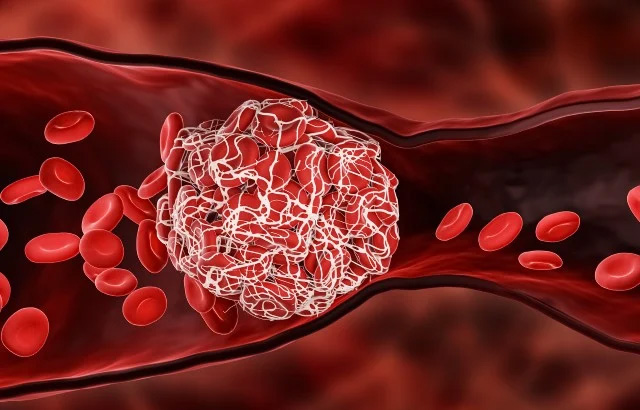
An ischemic stroke occurs as a result of an obstruction within a blood vessel supplying blood to the brain. It accounts for 87 percent of all stroke cases.
Treatment for ischemic stroke involves the use of thrombolytic drugs, which help dissolve the blood clot causing the stroke and restore blood flow to the brain. The two main thrombolytic drugs used are alteplase (tPA) and tenecteplase (TNK). Both drugs are most effective when administered quickly, ideally within a few hours of the stroke’s onset. Time remains crucial, as the best outcomes are achieved when treatment is given within 3 to 4.5 hours of the stroke. While alteplase (tPA) has been the standard treatment for years, tenecteplase (TNK) is now being recognized as a promising alternative, offering potentially faster and more efficient clot-busting action. Both treatments are key in improving recovery and are often used alongside other procedures, like mechanical thrombectomy, to enhance patient outcomes.
FDA Approves Genentech’s TNKase® in Acute Ischemic Stroke in Adults
Another treatment option is an endovascular procedure called mechanical thrombectomy, in which doctors try removing a large blood clot by sending a wired-caged device called a stent retriever to the site of the blockage. To remove the brain clot, doctors thread a catheter through an artery in the groin up to the blocked artery in the brain. The stent opens and grabs the clot, allowing doctors to remove the stent with the trapped clot. Special suction tubes may also be used. The procedure should be done within six hours of acute stroke symptoms, and only after a patient receives tPA.













